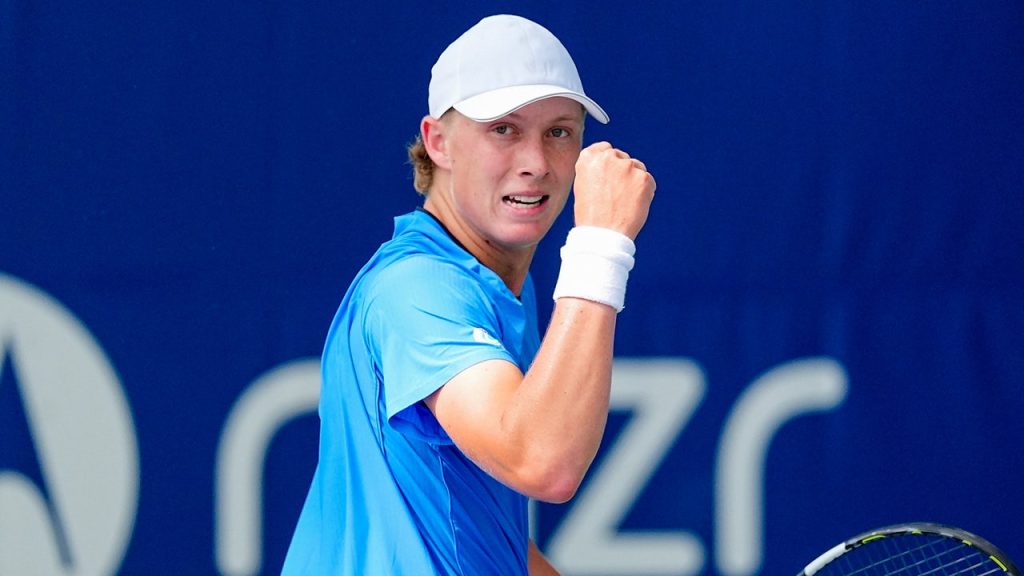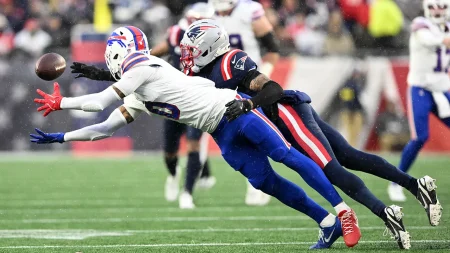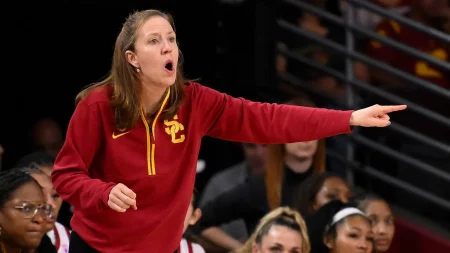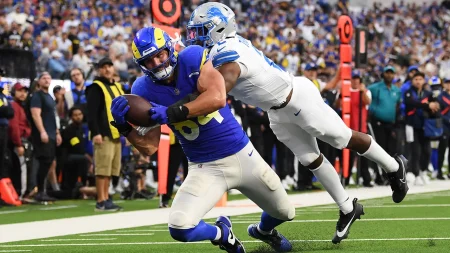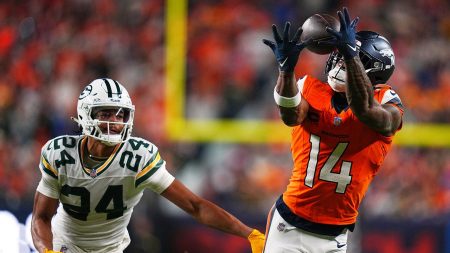American Unity at the U.S. Open: How Camaraderie and Competition Fuel Success
The U.S. Open, tennis’s final Grand Slam tournament of the season, brings a special energy to American players who relish competing on home soil after a year of global travel. For 21-year-old Ethan Quinn, currently ranked No. 84 and entering his third U.S. Open, this tournament represents more than just an individual competition—it’s a celebration of American tennis excellence and community. With the United States leading all nations in main draw entries this year, boasting 30 players across men’s and women’s singles, Quinn expresses a genuine sense of national pride. “I think we all take a lot of pride in the fact that there are so many of us here,” Quinn told Fox News Digital. “This is one of the years where there are the most Americans in the main draw. We all take pride in that because it feels like a community.” This sentiment of togetherness doesn’t diminish the fierce competition among compatriots—in fact, it enhances it.
The unique dynamic among American tennis players creates what Quinn describes as their “own little college team” within the professional circuit. This camaraderie was particularly evident at the Cincinnati Open, where Quinn witnessed the strong bonds between established American stars. “There were like six of us all next to each other, and it’s really fun when you’re all together,” he explained. Quinn looks up to players like Reilly Opelka, Taylor Fritz, Frances Tiafoe, and Tommy Paul, who have known each other for approximately 15 years and maintain close friendships while simultaneously pushing each other to excel. This balance of friendship and rivalry creates a productive tension, as Quinn notes: “They’re best friends, but when they play each other, they go all out because they don’t want to lose.” The desire to be ranked as the top American player adds another layer of motivation, with Quinn admitting, “I, personally, hate losing to other Americans as well.”
For rising talents like Quinn, defeating fellow Americans represents meaningful progress up the ATP rankings. The U.S. Open provides an unparalleled platform for these players to showcase their abilities to a broader audience, including casual fans who might not follow tennis throughout the entire season. “I think being here at the U.S. Open is something we’re all really excited about—something where we all want to push each other. We all want to be the last American standing,” Quinn shared enthusiastically. The tournament’s electric atmosphere contributes to this excitement, with Quinn asserting, “The environment is unlike any other in the world. There’s no other tournament that matches this energy.” This combination of national pride, peer support, and healthy competition creates an ideal environment for American players to thrive.
The transition from collegiate tennis to the professional circuit presents unique challenges, particularly in building a support system. Quinn, who experienced team dynamics during his college career, recognizes the value of the American tennis community in easing this transition. “Tennis is an individual sport, so you usually have to just rely on yourself,” he reflected. “Going through college, I was used to having a team. When you get to the pro level, you really have to figure out once you leave college, ‘All right, who’s my team?'” The answer for Quinn lies partly in the network of fellow American players who support each other through the rigors of professional tennis. “Having this many Americans who support each other—it’s kind of like our own little college team,” he explained. This sense of belonging clearly enhances Quinn’s experience on tour, making the demanding lifestyle more enjoyable and sustainable.
As Quinn prepared to begin his U.S. Open journey against Switzerland’s Jérôme Kym, his focus extended beyond mental preparation and technical skill to include physical readiness and proper nutrition. Professional tennis requires exceptional attention to fueling the body appropriately, especially during demanding Grand Slam tournaments that can require players to compete in multiple matches spanning potentially two weeks. Quinn emphasizes the importance of protein in his nutritional regimen, noting his reliance on Orgain’s 30-gram organic protein shakes to supplement his diet. “I’m a big believer in there’s not too much protein [in your diet],” he stated. While he enjoys substantial meals when possible, the convenience of ready-to-drink protein supplements proves invaluable during hectic tournament schedules filled with training sessions, physiotherapy appointments, and media obligations.
The life of a professional tennis player involves constant travel and adaptation, creating challenges for maintaining consistent nutrition. Quinn’s approach balances enjoyment of food with practical considerations, appreciating both indulgent meals and convenient nutritional options. “When I’m fueling for dinner, I’m having a big steak, I’m having as much protein as I possibly can with what I’m eating,” he explained. However, the reality of tournament life often makes such meals impractical. “Leading up this week, I’m on the road. It’s been a chaotic week with obligations and obviously training, physios and everything like that,” Quinn described. In these situations, convenient nutrition becomes essential. “Having the convenience of just grabbing an Orgain protein shake – it’s 30 grams of protein, five grams of BCAAs. Being able to grab that, get on the road and drink it on the way to the courts, it’s super easy.” For Quinn and many other American players, this balanced approach to both competition and preparation reflects their professional mindset—fierce rivals on court, supportive colleagues off it, and always attentive to the details that can make the difference between early elimination and a deep tournament run.




